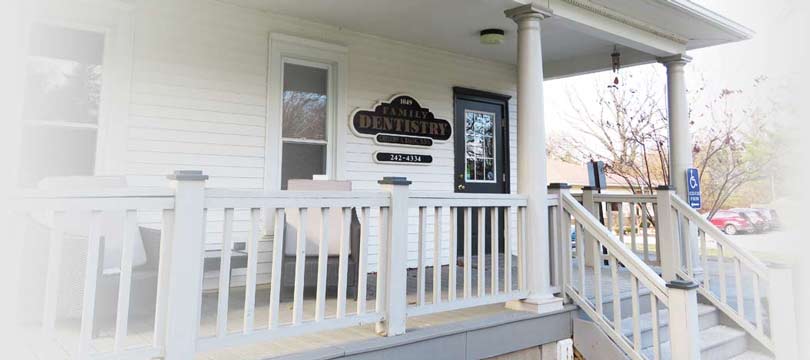
We’re taught from a young age the importance of taking care of our teeth and how to do it. But not all teeth are the same. There are four types of teeth in a mouth, each performing a different function. These include:
- Incisors: Eight thin straight teeth at the front of the mouth. Supports your lips, biting into food and pronouncing words.
- Canines: Four in total, on each side of your incisors on the top and bottom of your mouth. Canines are used to cut food, support the lips and guide your jaw in place when you close your mouth.
- Premolars: Located behind your canines, premolars have a flat top and help you chew food and maintain the height of your face. You have 8 total – 4 on the top and the bottom.
- Molars: Behind your premolars are your molars. Also used to chew food and support the height of your face, they are the flattest and widest teeth your mouth. With 12 total, you have 6 on the top and 6 on the bottom.
Primary vs. Permanent Teeth
During your life you have two sets of teeth: primary and permanent. Primary teeth, also known as baby teeth, hold a place in the jaw for when the permanent start coming in. Children start out with 20 primary teeth, 10 on the top and 10 on the bottom, which then are replaced with 32 permanent teeth.
The first permanent teeth to come in are the 6-year molars around the age of 6 or 7. These are extra teeth that are not replacing any primary teeth. By the age of 13, most children have at least 28 teeth; 4 central incisors, 4 lateral incisors, 8 premolars, 4 canines and 8 molars. The last teeth to come in are your wisdom teeth and that could take until 17-21 to push through the gums.
Anatomy of a Tooth
Now that we know about each type of tooth and how many we have, let’s discuss the anatomy of a tooth. Your teeth are made up of four different dental tissues – enamel, dentin, cementum and pulp. The first three mentioned, enamel, dentin and cementum, are hard tissues while the 4th, pulp, is a soft tissue.
While this information might have helped you understand what your mouth is made of, the health issues that can arise are just as important to understand. Every mouth is different and requires a personalized treatment plan, especially when trying to address any oral health issues. To start the process toward a healthier mouth and smile, make an appointment with your dentist.
FAQs about Incisors
- What are incisors, and what is their primary function?
- Incisors are the front teeth in your mouth, with four on the top and four on the bottom. Their primary function is to cut and shear food into manageable pieces for chewing and digestion.
- At what age do children typically get their incisors?
- Children usually get their first set of incisors, known as primary or baby incisors, around 6 to 12 months old. Permanent incisors typically begin to replace the primary ones between ages 6 and 8.
- How can I take care of my incisors to prevent cavities and other dental issues?
- To maintain healthy incisors, brush twice daily with fluoride toothpaste, floss daily, limit sugary foods and drinks, and visit your dentist regularly for check-ups and cleanings.
FAQs about Canines
- What is the role of canine teeth in the mouth?
- Canine teeth, also known as cuspids or eye teeth, are pointed teeth located next to the incisors. Their primary role is to grip and tear food, particularly tougher substances, aiding in the overall chewing process.
- Why are my canines sharper than my other teeth?
- Canines are naturally sharper and more pointed than other teeth to perform their function of tearing and holding food. Their shape helps them withstand the forces of biting and tearing.
- Can my canine teeth cause problems with alignment or bite?
- Yes, misaligned or improperly positioned canines can cause bite issues or overcrowding. Orthodontic treatments like braces or retainers can help correct these problems and ensure proper dental alignment.
FAQs about Molars
- What are molars, and what function do they serve?
- Molars are the large, flat teeth located at the back of your mouth. They are designed for grinding and chewing food into smaller, more digestible pieces. Adults typically have 12 molars, including the wisdom teeth.
- When do molars typically come in, and do they get replaced?
- The first set of primary molars comes in around 12 to 18 months old. These are eventually replaced by permanent molars between ages 6 and 13. Wisdom teeth, or third molars, usually emerge between ages 17 and 25.
- What common issues can affect molars, and how can I prevent them?
- Molars are prone to cavities and decay due to their location and surface area. To prevent issues, maintain good oral hygiene by brushing twice daily, flossing, using mouthwash, and having regular dental check-ups. Sealants may also be applied to protect the grooves in the molars from decay.

 Request an Appointment
Request an Appointment